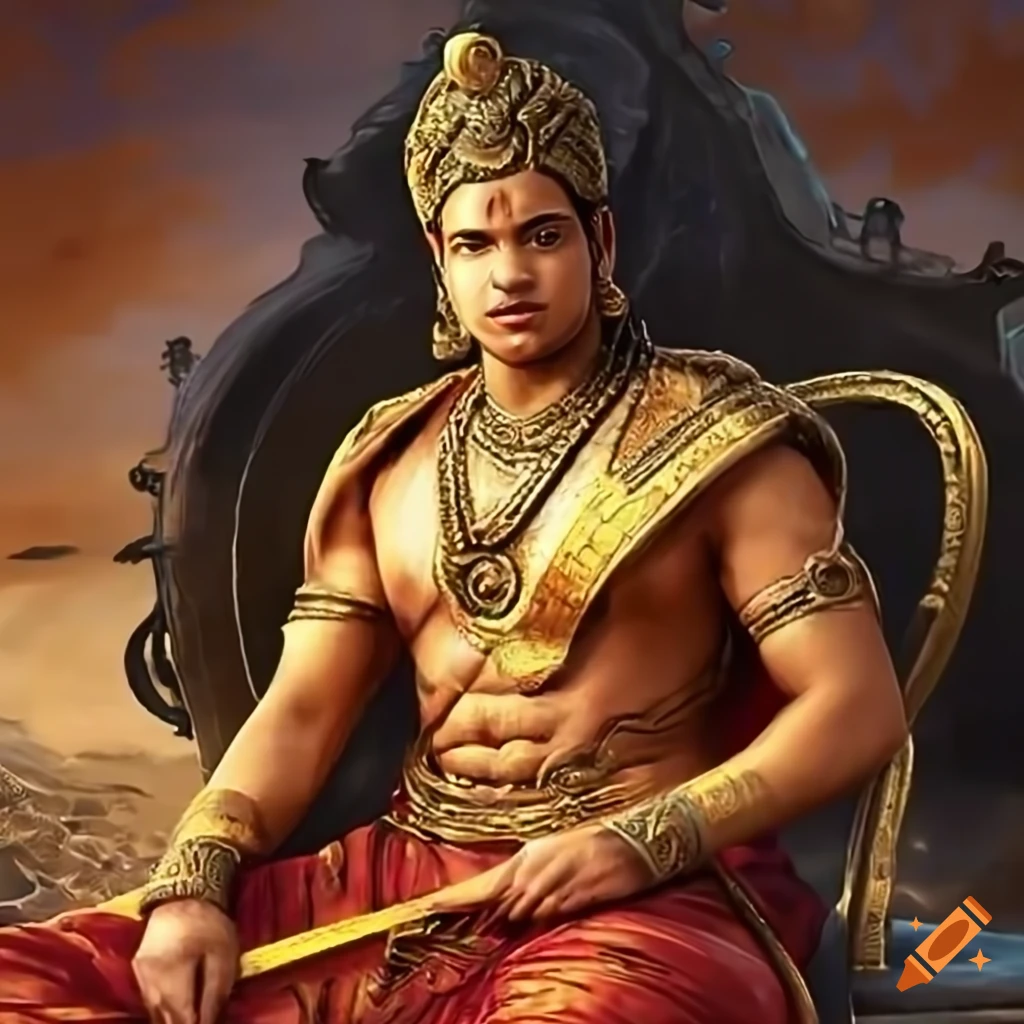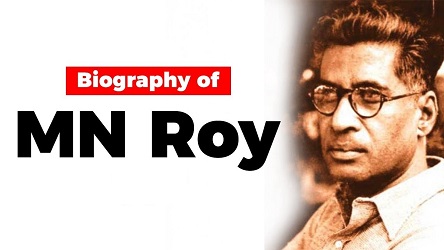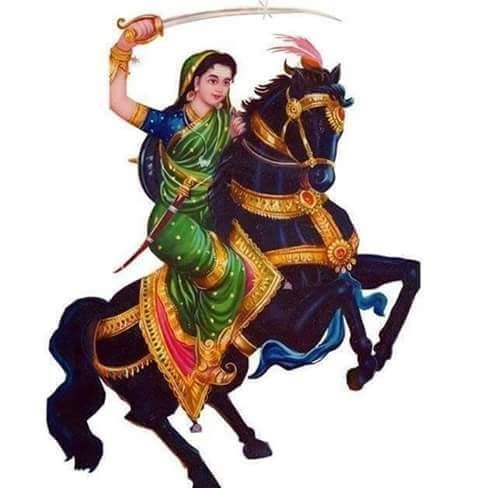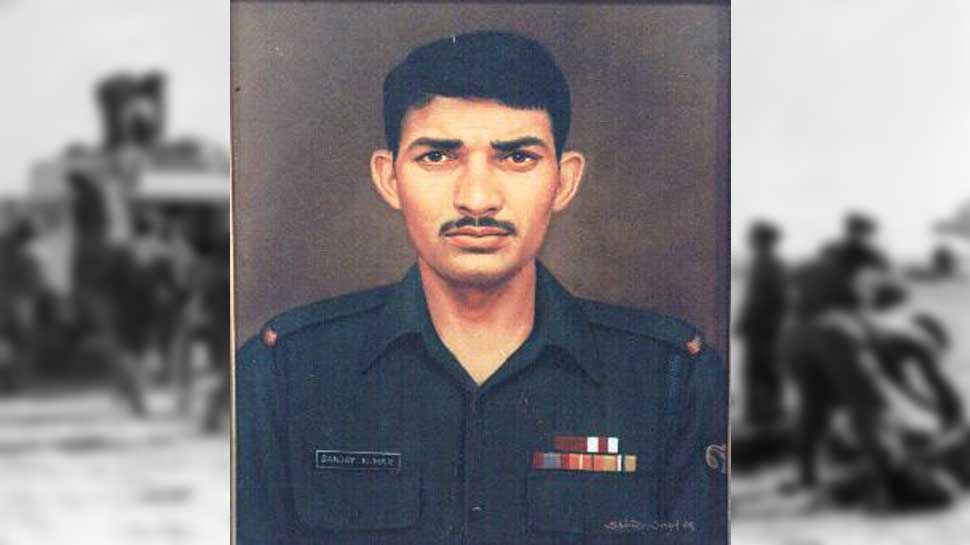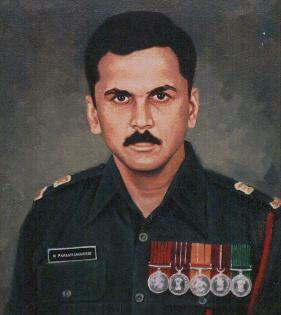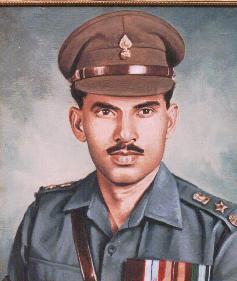Introduction to Samudragupta:
- Overview of Samudragupta’s significance in Indian history.
- Mention of his reign as a golden age of the Gupta Empire.
- Duration of his rule: Approx. 335-375 CE.
2. Lineage and Early Life:
- Samudragupta’s lineage: Son of Chandragupta I and Lichchhavi princess Kumaradevi.
- Early education and military training under his father’s tutelage.
3. Ascension to the Throne:
- Accession to the throne after the death of his father, Chandragupta I.
- Assertive leadership and military prowess from a young age.
4. Military Campaigns and Conquests:
- Expansionist policies aimed at consolidating and expanding Gupta territories.
- Series of military campaigns to subjugate neighboring kingdoms and establish Gupta hegemony.
- Mention of conquered territories and kingdoms, including:
- Northern India: Magadha, Kosala, Malwa, and Punjab.
- Southern India: Deccan and parts of present-day Karnataka.
- Eastern India: Bengal and Assam.
- Diplomatic alliances and strategic marriages to strengthen Gupta influence.
5. Military Strategy and Tactics:
- Innovative military strategies employed by Samudragupta:
- Surprise attacks, swift mobility, and utilization of cavalry.
- Psychological warfare to intimidate and subdue adversaries.
- Skillful diplomacy to annex territories peacefully where possible.
- Adapting to diverse terrains and climates during campaigns.
6. Administrative Reforms and Governance:
- Administration under Samudragupta’s rule:
- Efficient bureaucracy and decentralized governance.
- Promotion of trade, agriculture, and commerce.
- Patronage of art, literature, and scholarship, contributing to the Gupta Golden Age.
- Religious policies: Tolerance and support for Hinduism, Buddhism, and Jainism.
7. Cultural Patronage and Achievements:
- Promotion of art and culture during Samudragupta’s reign:
- Development of Gupta architecture, including temples and monuments.
- Support for scholars, poets, and intellectuals, such as Kalidasa and Aryabhata.
- Contributions to Sanskrit literature and classical Indian music.
8. Samudragupta’s Persona and Legacy:
- Charismatic leadership and vision for a united India under Gupta rule.
- Revered as a warrior king and embodiment of dharma (righteousness).
- Influence on subsequent Gupta rulers and Indian history.
9. Coinage and Inscriptions:
- Issuance of gold coins bearing his image and titles, symbolizing Gupta power and prosperity.
- Inscriptions detailing military conquests and achievements, such as the Allahabad Pillar inscription.
10. Foreign Relations and Diplomacy: – Diplomatic relations with neighboring states, including: – Chandragupta II and the Western Satraps. – The Shakas, Kushans, and other foreign powers. – Establishment of diplomatic missions and alliances to secure Gupta interests.
11. Later Years and Succession: – Succession planning and grooming of his son, Chandragupta II, as heir apparent. – Retired life and contributions to the welfare of the Gupta Empire. – Legacy of stability and prosperity left to his successors.
12. Conclusion: – Recap of Samudragupta’s achievements and contributions to Indian history. – Emphasis on his military prowess, administrative reforms, and cultural patronage. – Lasting legacy as a visionary leader and architect of the Gupta Golden Age.
This point-by-point breakdown offers a comprehensive look at Samudragupta’s life, achievements, and legacy, providing insights into his military conquests, administrative reforms, and cultural contributions within the specified word limit.

